Feeding your cat may seem like a simple task, but proper feline nutrition is far more complex than it appears. Cats are obligate carnivores, meaning they require a diet primarily composed of meat to survive and thrive. A well-balanced, species-appropriate diet supports your cat’s overall health, including their coat, immune system, energy levels, and longevity. In this comprehensive guide, we break down everything you need to know about feline nutrition—what should go in the bowl and what to leave out.
1. Understanding Your Cat's Nutritional Needs
Why cats need a unique diet:
Cats are obligate carnivores and require a diet based primarily on meat.
Unlike dogs or humans, cats cannot synthesize key nutrients from plant sources.
Their systems are adapted to digest and utilize animal-based proteins and fats.
Key nutrients to focus on:
Protein: Supports muscle maintenance and energy.
Taurine and Arginine: Essential amino acids found in meat.
Arachidonic Acid: Vital fatty acid not found in plants.
Preformed Vitamin A: Cats cannot convert beta-carotene like humans can.
Water: Crucial for urinary health, especially with dry food diets.
Pro tip: Always choose foods that are AAFCO-approved and tailored to your cat's life stage. Ensuring proper nutrition is the first step toward long-term health and vitality.
Why cats need a unique diet:
Obligate carnivores: Require meat-based nutrients
Cannot synthesize certain nutrients themselves
Key nutrients:
Protein (animal-based)
Taurine and arginine (essential amino acids)
Arachidonic acid (fatty acid)
Preformed vitamin A
Water for urinary health
Quick tip: Choose AAFCO-approved foods and always ensure your cat stays hydrated, especially with dry kibble.
2. Protein: The Foundation of Feline Nutrition
Why protein matters:
Protein is not just important—it's essential for cats.
It acts as their main energy source, unlike in humans or dogs.
Vital for maintaining lean body mass, tissue repair, and immune support.
Best sources:
High-quality animal proteins such as:
Chicken
Turkey
Beef
Fish
Look for named meat sources rather than vague ones like "meat meal."
Ideal protein levels:
At least 30% crude protein on a dry matter basis.
Kittens, nursing cats, and active adults benefit from higher levels.
Watch for:
Fillers that dilute protein quality (e.g., corn gluten meal)
Lack of transparency in ingredient sourcing
Tip:
Rotate protein sources when possible to avoid sensitivities and offer a richer nutrient profile.
Why protein matters:
Primary energy source for cats
Builds and maintains muscles
Supports metabolism and tissue repair
Best sources:
Chicken, turkey, beef, fish
Look for named meats (e.g., "chicken" not "meat by-product")
Ideal amount:
At least 30% crude protein (dry matter basis)
More for kittens and active adults
Watch for:
Low-quality fillers
Lack of transparency in protein sources
3. Fats: Essential for Energy and Health
Why cats need fats:
Fats are a dense source of energy, more than twice as calorie-rich as proteins or carbs.
They aid in absorbing fat-soluble vitamins like A, D, E, and K, which are essential for immune and organ function.
Fats contribute to a sleek, shiny coat and healthy skin, acting as a natural barrier to environmental allergens and irritants.
Essential fatty acids:
Arachidonic acid: Only found in animal fats; essential for cats.
Linoleic acid: Supports skin and coat condition.
Omega-3 fatty acids (DHA, EPA): Help reduce inflammation, support heart health, and aid brain function, especially in kittens.
Recommended fat content:
Between 15% and 20% of dry matter basis is ideal.
Always sourced from high-quality animal fats like chicken fat or fish oil.
Watch for:
Excess fat can contribute to obesity and metabolic disorders—portion control is key.
Why cats need fats:
Concentrated energy source
Supports vitamin absorption (A, D, E, K)
Keeps skin and coat healthy
Essential fatty acids:
Arachidonic acid
Linoleic acid
Omega-3s (DHA, EPA from fish oil)
Recommended fat content:
15–20% (dry matter basis)
From high-quality animal sources
Watch for:
Overfeeding fats—risk of obesity
4. Carbohydrates: How Much Is Too Much?
Cats and carbs:
Not biologically necessary for energy production in cats, who rely on proteins and fats instead.
Their short digestive tracts are not well-equipped to process large amounts of starch.
High-carb diets can lead to unwanted weight gain, glucose imbalances, and even feline diabetes in some cats.
Why excess carbs are used in food:
They are cheap fillers that help bind kibble.
Extend shelf life and reduce production costs.
Healthier approach:
Choose high-protein, low-carb formulas, especially in wet or raw foods.
Read labels carefully to avoid foods high in plant-based fillers. biologically necessary
Too many carbs = risk of obesity and diabetes
Common fillers to limit or avoid:
Corn, wheat, soy
Better choices:
Low-carb, grain-free foods
Vegetables like peas or lentils (in moderation)
Rule of thumb:
Less than 10% digestible carbohydrates
Wet or raw foods typically contain fewer carbs
5. The Importance of Moisture in Your Cat’s Diet
Why hydration matters:
Cats have a low thirst drive
Naturally hydrate through food (like prey)
Dry food risks:
Can lead to urinary issues and dehydration
Ways to improve hydration:
Feed wet or raw food (70%+ moisture)
Add water or broth to dry food
Use cat water fountains
Always:
Provide access to clean, fresh water
6. Vitamins and Minerals: Small but Mighty
Why they matter:
Vitamins and minerals are crucial for supporting metabolic processes, maintaining healthy bones, nerves, and muscles, and ensuring proper organ function.
Even though needed in small amounts, deficiencies can result in serious health problems.
Vital functions supported:
Bone development
Immune system performance
Nerve and muscle function
Energy production and antioxidant defense
Key vitamins:
Vitamin A: Vision and immune function
Vitamin D: Bone growth and calcium regulation
Vitamin E: Antioxidant protection
B-complex: Energy metabolism and neurological support
Important minerals:
Calcium and phosphorus: Bone and dental health
Magnesium and potassium: Nerve and muscle support
Iron: Red blood cell production
Quick tips:
Avoid supplementing unless directed by your vet.
Choose AAFCO-approved foods that include a full spectrum of balanced micronutrients.
Monitor your cat for signs of deficiency such as lethargy, poor coat, or bone weakness.
Vital functions supported:
Bone development
Immune system
Nerve function
Key vitamins:
A, D, E, B-complex
Important minerals:
Calcium, phosphorus, potassium, magnesium, iron
Quick tips:
Don’t oversupplement without vet guidance
Choose foods with balanced vitamin-mineral profiles
Look for AAFCO-compliant formulas
7. Reading Cat Food Labels
Start with the ingredient list:
First ingredient should be real, named animal protein
Avoid vague terms like “meat meal” or “animal digest”
Check guaranteed analysis:
Protein, fat, fiber, moisture content
Look for:
AAFCO nutritional adequacy statement
Avoid marketing fluff:
Terms like “premium” and “natural” are unregulated
Be aware of ingredient splitting tricks
8. Tailoring Diet to Life Stage and Health Needs
Life stage requirements:
Kittens: High protein, calorie-dense
Adults: Maintenance formulas with balanced nutrients
Seniors: Lower calorie, easy to digest, may need joint support
Special dietary needs:
Obesity or diabetes
Kidney disease or allergies
Tips:
Always consult your vet for special diets
Choose age-appropriate foods
Monitor weight, coat, and behavior
9. Treats and Supplements: Helpful or Harmful?
Treats:
No more than 10% of daily calories
Look for high-quality, whole ingredients
Avoid:
Artificial colors, preservatives, sugars
Common supplements:
Fish oil (skin/coat health)
Probiotics (digestion)
Glucosamine (joint support)
Reminder:
Always vet-approved before adding any supplement
Supplements should support—not replace—balanced diets
10. Transitioning to a New Diet Safely
Why it matters:
Sudden diet changes can upset digestion
How to transition:
Gradually over 7–10 days
Mix new food with old in increasing amounts
Monitor for:
Diarrhea, vomiting, or appetite loss
If symptoms occur, slow down the transition
Tips:
Avoid other stressors during transitions
Use broth or warming techniques for picky eaters
Consult your vet if issues persist
Fueling a Healthier, Happier Cat
Feeding your cat isn’t just about satisfying hunger—it's about building a foundation for lifelong health, vitality, and happiness. From choosing high-quality proteins and managing fat intake, to ensuring hydration and tailoring nutrition to your cat’s life stage, every decision you make about their bowl matters. Understanding feline dietary needs gives you the power to prevent illness, enhance daily comfort, and strengthen the bond you share with your furry companion. Stay informed, read labels, and consult your vet regularly to ensure your cat’s diet evolves with their changing needs. A well-fed cat is a well-loved cat.
Ready to take your cat’s health to the next level? Visit danspetcare.com for expert pet care advice, personalized feeding tips, and trusted local services.





